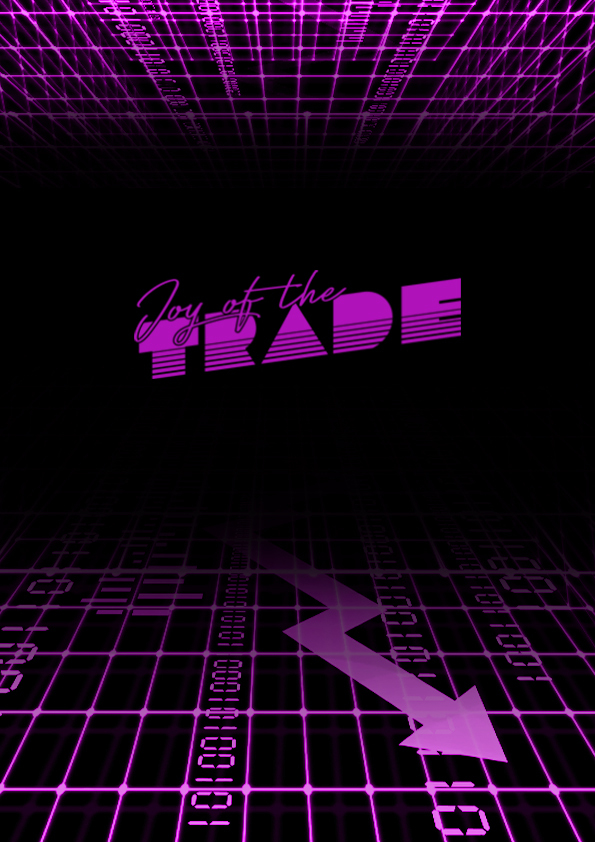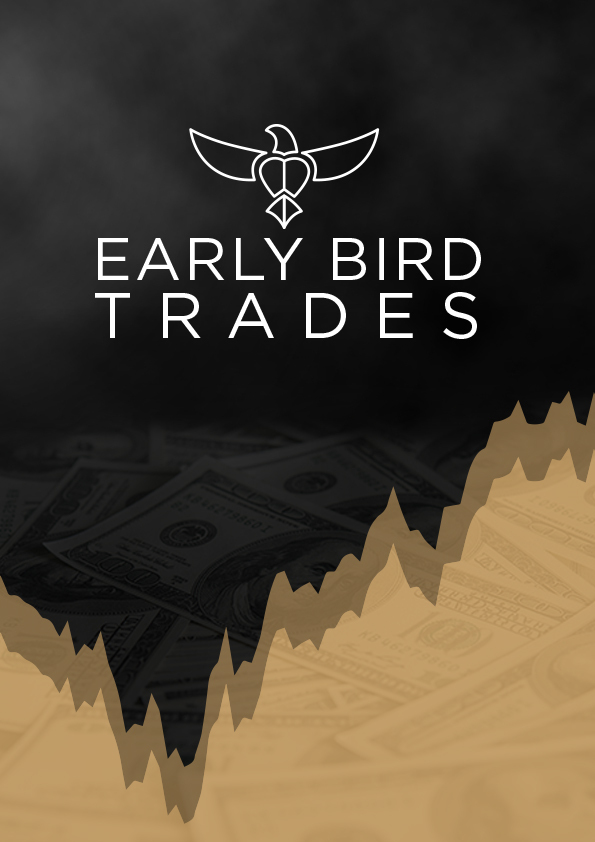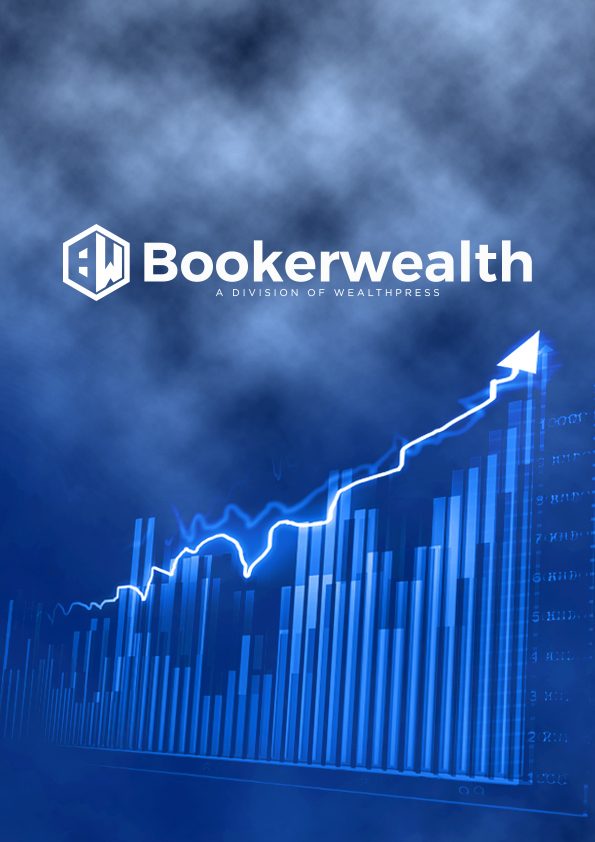Don’t Let A Massive Yield Fool You (Part 1)

A sign hangs in front of U.S. flags outside of the New York Stock Exchange in New York September 1, 2015. REUTERS/Lucas Jackson
Don’t let a stock’s dividend yield fool you…
Just because a stock yields 8%-plus, that doesn’t make it a good income investment.
Many investors find a company with a high yield, and dive headfirst into the stock. Snapping up shares without a second thought.
But a juicy dividend yield doesn’t tell the whole story. There are a few key traits that you need to look for to make sure that something bad isn’t lurking beneath the surface.
First, you want to make sure that a company isn’t boosting their dividend yield by paying out more than it takes in.
Imagine if every month you paid $5,000 in bills, but only brought in $4,500 a month. You might be able to sustain that for a while, but eventually the shortfall every month will cripple your financial situation.
Same thing with businesses. A company can’t pay out more than it takes in — at least not for long.
A quick way to identify if a firm’s dividend yield is sustainable is by looking at its payout ratio. A payout ratio of 100% means a company is paying out exactly what it brings in.
It’s breaking even.
While this might sound good for shareholders, it doesn’t give the company much wiggle room should it have a rough couple of quarters or a bad year or two.
You want a company to have enough in earnings to pay shareholders as well as pay down debts, and reinvest back into the business. The sweet spot for most companies is a payout ratio of around 40% to 60%.
Too low, and you probably aren’t getting a good yield. Too high, and the payout might be on thin ice (especially if earnings slide). Right in the middle leaves wiggle room for downturns — as well as future hikes.
Keep in mind, some industries commonly pay out more.
Real estate investment trusts (REITs) and master limited partnerships (MLPs) must distribute at least 90% of their taxable income to maintain their federal tax-exempt status.
But this is just the first step for finding a perfect dividend stock. You still need to dig deeper and look at other critical financial metrics.
So keep an eye out on my next email — I’ll give you the rest of the details in Part II.
In the meantime, I have something to keep you busy. It’s my Income Manifesto — an e-book I wrote that covers everything you need to know about dividend investing.
In the book, I cover:
- Why everyone should consider investing in dividend stocks.
- How dividend stocks outperform the market with less risk.
- Common misconceptions about income stocks.
- My 3 favorite dividend-paying stocks right now.
Get my Income Manifest here (absolutely free)!
And if you haven’t yet, make sure to add [email protected] to your address book or your safe list.
You don’t want to miss any of the great income stocks and traders we’ll be sending your way.
Roger Scott
Monday Morning Paydays
Related Articles










